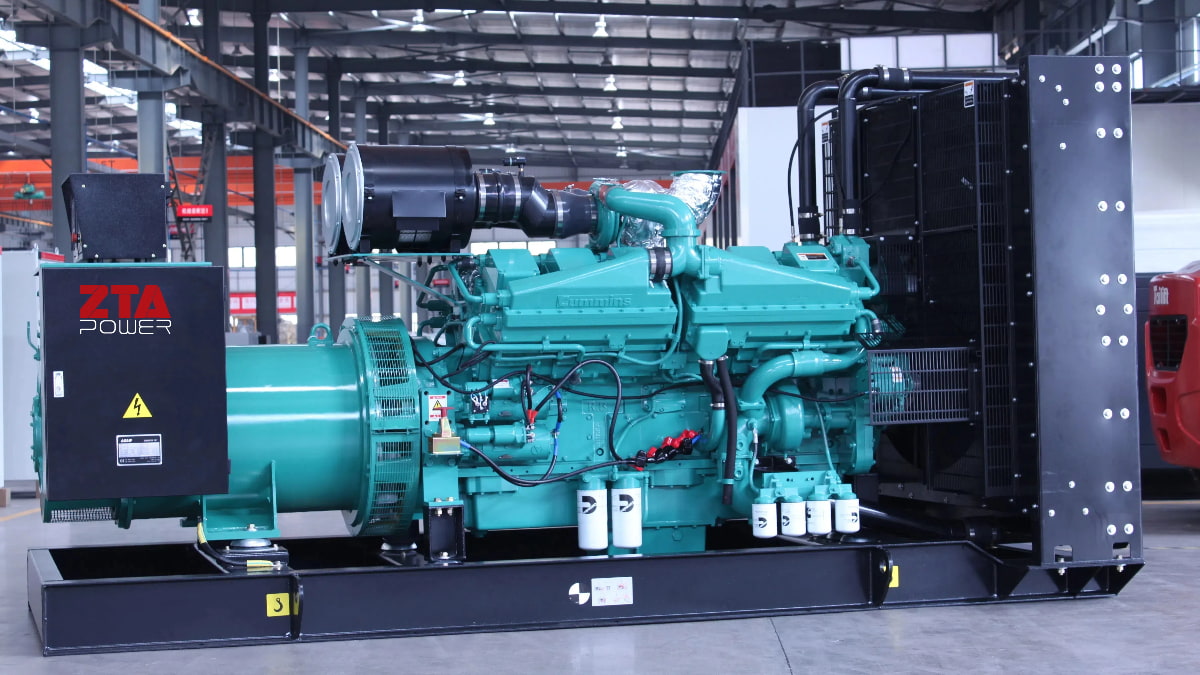Regulations on Rated Voltage, Current, and Frequency of Generator Sets
Rated Voltage
The rated voltage is the maximum safe operating voltage for continuous operation of a generator, referring to line voltage. Common ratings include:
400V / 230V: Standard for most applications (400V three-phase, 230V single-phase).
450V: Typically used for marine applications or 60Hz generator sets.
600V: Common for electric drilling rigs.
6,300V & 10,500V: High-voltage generator sets (e.g., Cummins units ≥1,000kW).
Rated Current
The rated current is the maximum continuous operating current allowed for the generator’s stator windings.
Rated Frequency (f)
The rated frequency is the number of alternating current (AC) cycles per second. Standard values:
50Hz: Standard for industrial power (corresponding to 1,500 rpm or 1,000 rpm).
60Hz: Common in regions like North America (corresponding to 1,800 rpm or 1,200 rpm).
400Hz: Used for medium-frequency applications (e.g., aerospace, military).
Generator Efficiency
Generator efficiency measures the energy conversion rate from diesel combustion to electrical output:
Internal combustion engine converts diesel’s thermal energy into mechanical energy.
Alternator (e.g., Cummins, Stamford) converts mechanical energy into electricity.
Efficiency Formula:
Efficiency=(Energy from diesel combustion − Exhaust heat − Friction losses)Standard energy of diesel combustion×100%Efficiency=Standard energy of diesel combustion(Energy from diesel combustion − Exhaust heat − Friction losses)×100%Generator Efficiency=Conversion RateTimeGenerator Efficiency=TimeConversion Rate
